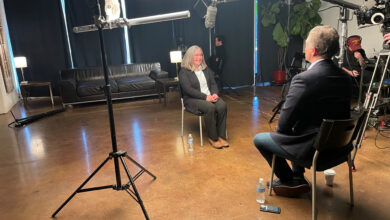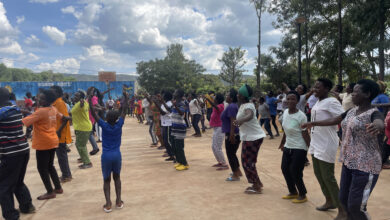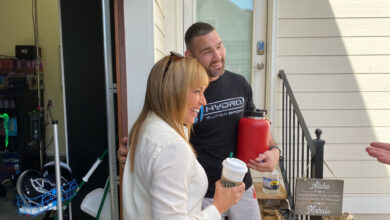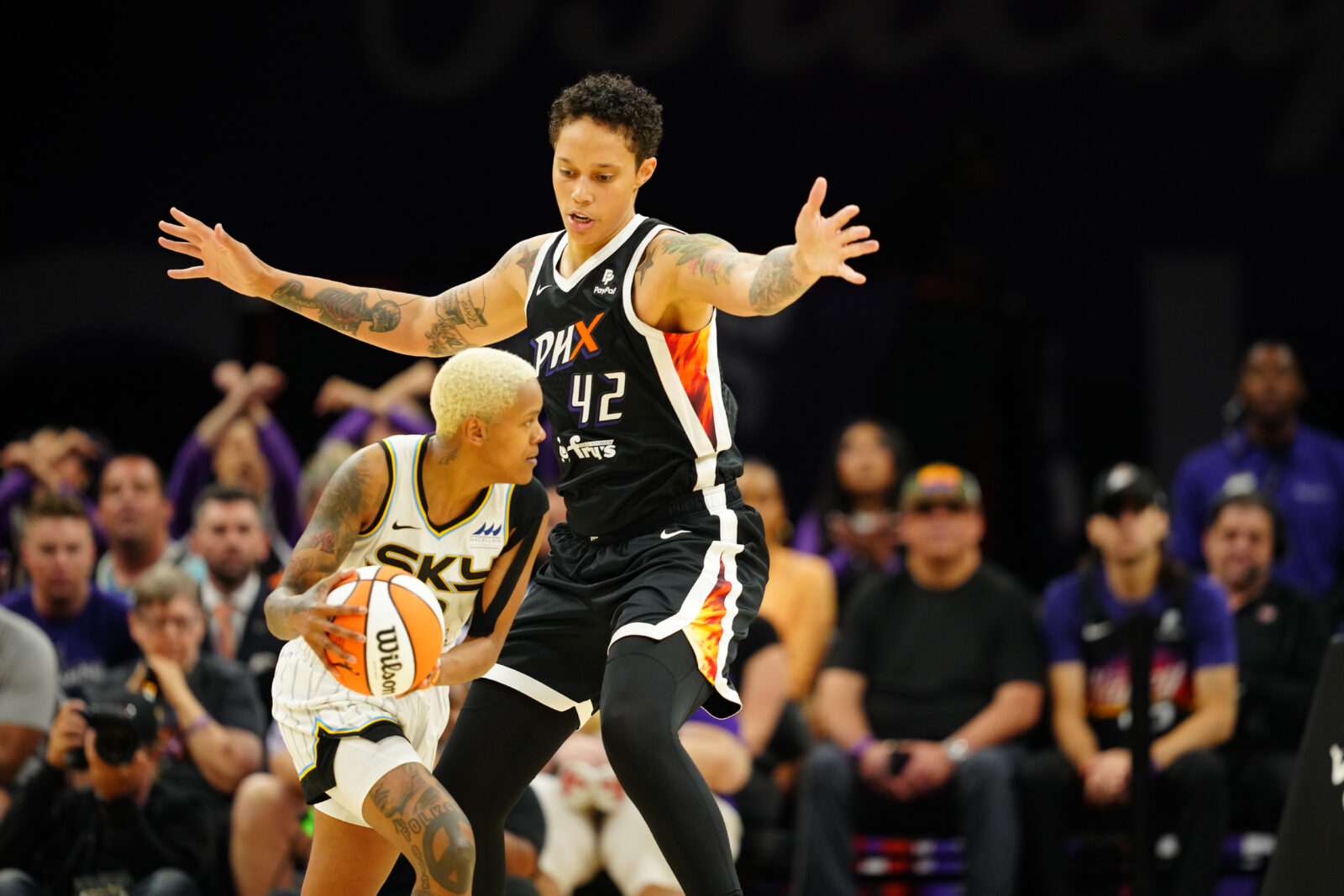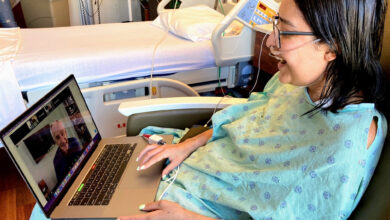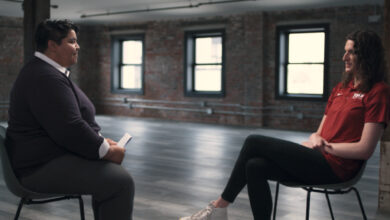Recently-hired Tom Junod shares his perspective with Front Row on his first profile for ESPN The Magazine titled “Eugene Monroe Has A Football Problem” in the “Playing Through Pain” issue on newsstands today:
How does this piece compare to other profiles that you have worked on?
Well, my profile for Eugene Monroe will always be my first profile for ESPN. And so it was a little like learning a new language — at least, that’s how I thought of it, when I first started writing it. It wasn’t easy to get right; it took four complete drafts. I went through the Goldilocks process — the first draft was too stiff, the second too loose, the third too tight, the fourth just right. What I eventually learned was that the language I had to learn was the language I knew all along — my native tongue, which is magazine journalism. In other words, I just had to be myself.
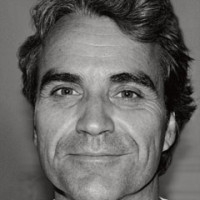
(Photo courtesy of Tom Junod)
What does it mean to you to be a journalist at ESPN?
When I first started working at ESPN, a lot of people I knew asked if I was going to be happy writing sports stories. After all, I had written about so many things for Esquire — everything from investigative stories to celebrity profiles, to a story about trying to save the life of a cancer patient. So when I first met Eugene, I didn’t know exactly what to expect. How would I feel about writing a story that was “just” a sport story?
I should have known that all profiles, whether they’re about a cancer patient or an NFL football player living in chronic pain, involve the same things — a subject giving a writer trust; a writer trying to take the story deeper than the subject necessarily wants to go. And that’s what happened with Eugene. We were a few days away from closing it, a few days away from completing the fourth and final draft, when his mother suffered a heroin overdose. It was a shock; but it was also a reminder that any time you’re entrusted with writing about a person’s life, it’s not an academic or journalistic exercise; it’s real life, to the subject and, if you’re doing it right, to you.
The story had suddenly changed, because that’s what real life does, and now our job was to somehow capture Eugene at a moment of simultaneous vulnerability and resolve. It comes down to this: There are no sports stories. There are just stories, and it’s a great privilege and honor to have the chance to tell them.
When I was at GQ and Esquire, I had worked with the same editor — the great David Granger — for nearly 25 years. It was a marriage, and like any marriage it had its struggles; but overall it was incredibly fruitful. So when I started writing for ESPN, I was entering an entirely unfamiliar situation — I had not only a new job; I had a new editor. Fortunately, my new editor turned out to be [The Mag’s] Eric Neel, who did amazing work not just with the story but with the psyche of his new writer; and fortunately, I never had anything less than full support from everyone I wound up working with. The profile of Eugene might have required four drafts, but it was the least painful four-draft story I’ve ever written! And so I’m pretty pleased to have a new editor I’ve immediately come to trust, and to be a part of a new team whose work I admire. I’m also looking forward to my next batch of stories, because that’s the other thing about writing “sports stories” for a company that takes them seriously — there are a lot of them, and it’s nearly impossible to run out of ideas.
EDITOR’S NOTE: Junod (pictured in the far left panel below) appeared on the Nov. 4 edition of Outside The Lines with former NFL linemen Shaun Smith (center panel) and Eben Britton. Host Bob Ley tweeted an excerpt of the interview.
"How the hell do you play @NFL football if you're stoned?" pic.twitter.com/oLogNMZV8A
— Bob Ley (@BobLeyESPN) November 4, 2016
- Ever since 49ers quarterback Colin Kaepernick took a knee to protest injustice against African-Americans, athletes and sports figures have followed his lead. But when a team of 11-to-12-year-old football players in Texas decided to stage their own protest, it triggered a battle that showed just how strong emotions run when it comes to this particular subject. Timothy Bella writes for The Undefeated.com and Bob Holtzman reports on Outside the Lines, Sunday, 8 a.m. ET on ESPN2.
- ESPN photographer Benjamin Lowy and ESPN The Magazine writer Anthony Olivieri spent a week with New York Giants running back Rashad Jennings to complete, “An NFL Pain Diary.” From Sunday-to-Sunday they chronicled how Jennings prepares his body each day for the pain it will endure again, every Sunday.
- On the day of Game 7 of the World Series, ESPN writer Wright Thompson walked the streets of Chicago and uncovered some of the most interesting stories from speaking with fans. The mood, he discovered, was a combination of joy and sorrow while everyone waited in anticipation for the biggest event in Chicago sports history.
- Gwen Jorgensen became the first American to win gold in the Olympic triathlon in Rio and now she’s competing in the New York Marathon, her first, this Sunday. Writer Jen Miller tells the story of Jorgensen’s journey from triathlete to marathon runner on espnw.com. The 2016 TCS New York City Marathon airs live on New York’s ESPN2, the WatchESPN app and in New York on ABC7 on Sunday, Nov. 6 (9 a.m.-noon ET). ESPN commentators John Anderson and Sage Steele serve as lead announcers.
- Panelists on Sunday morning’s The Sports Reporters (8:30 a.m., ESPN2; 9:30 a.m., ESPNEWS) will be Mike Lupica (host), Israel Gutierrez, Jackie MacMullan and Bob Ryan.
–By Molly Mita
